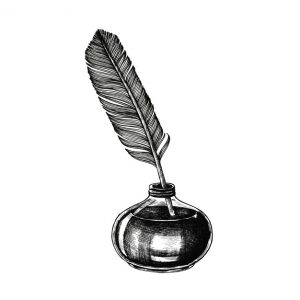These highly efficient packaging materials combine both durability and aesthetic appeal, making them ideal for brands aiming to secure their products. Although widely used, many still wonder what exactly these protective layers are made of and why they work so effectively.
Innovative packaging always demands materials that serve both function and presentation. That’s where Mylar Bags stand out. Known for their flexible yet sturdy structure, they play a crucial role in keeping contents safe from environmental elements. Understanding the composition behind these bags helps in recognizing their quality and why they’re considered reliable. Custom Mylar Bags have become a staple in modern packaging, especially in industries focused on food preservation, electronics, and pharmaceuticals.
Material Composition of Mylar Bags
Biaxially-oriented polyethylene terephthalate (BoPET) forms the base structure of Mylar Bags. This polyester film is created through a process of stretching the material in two directions, providing exceptional strength and chemical stability. A thin layer of metal, often aluminum, is added for barrier properties, helping to block out light, oxygen, and moisture effectively.
Coatings or laminations such as polyethylene or polypropylene may also be added to increase flexibility and sealability. Despite being lightweight, the structure resists punctures and tears. Furthermore, the combined layers work in harmony to protect sensitive contents for extended periods. Because of these elements, these bags are widely trusted for long-term storage.
Application Across Industries
Food preservation is the most recognized area for using these protective films. Companies pack dried goods, coffee beans, powdered mixes, and even ready-to-eat meals using Mylar. Besides food, pharmaceutical manufacturers also rely on this material for its airtight and contamination-free environment.
Durability isn’t the only advantage. Their lightweight nature reduces transportation costs significantly. As a result, both small-scale retailers and global corporations include them in their packaging solutions.
Benefits and Functional Features
Mylar Bags offer a wide range of benefits beyond just storage. These attributes make them a go-to packaging material in several sectors:
- Barrier protection against oxygen, light, and moisture
- Long shelf life for perishable goods
- Flexible design options suitable for branding
- Lightweight, reducing shipping expenses
Besides these strengths, Mylar-based materials maintain their structure in extreme temperatures. That’s why they are widely used in environments where temperature control is crucial.
Factors Affecting Efficiency
Barrier thickness plays a vital role in determining how well a Mylar layer performs. Thicker materials usually offer longer protection. Meanwhile, the sealing method—whether heat-sealed or zip-locked—affects the overall airtightness.
Color coatings also contribute to performance. Silver or black options provide extra light protection, while clear fronts offer visibility. External storage conditions influence durability. Even the best materials may falter if exposed to sharp objects or stored improperly.
Categories and Usage Types
Across various markets, Mylar Bags are doable in several types and sizes. From simple single-use sachets to heavy-duty multi-layer pouches, each variety serves a particular purpose. Here’s how they are typically categorized:
- Storage Use – Common in emergency food kits or bulk pantry items
- Retail Packaging – For snacks, teas, and spices displayed in stores
- Medical Packaging – Designed to keep pharmaceutical elements uncontaminated
- Electronics Protection – Shields sensitive components from static and dust
Adaptability makes them suitable for different needs, whether it’s short-term display or long-term storage. Each type ensures the item inside remains as fresh and intact as when it was packed.
Design Flexibility and Branding Potential
Custom print options give brands an edge by reflecting their identity through packaging. Embossed logos, matte finishes, and vibrant colors allow businesses to stand out. Moreover, unique shapes and tear-notch features improve usability for customers.
Distinct textures or surface finishes often signal quality to the end-user. When combined with tamper-evident seals or resealable options, these additions increase perceived value. Brands aiming for visual appeal while keeping content secure prefer these design features.
“Great Packaging Protects The Brand.”


